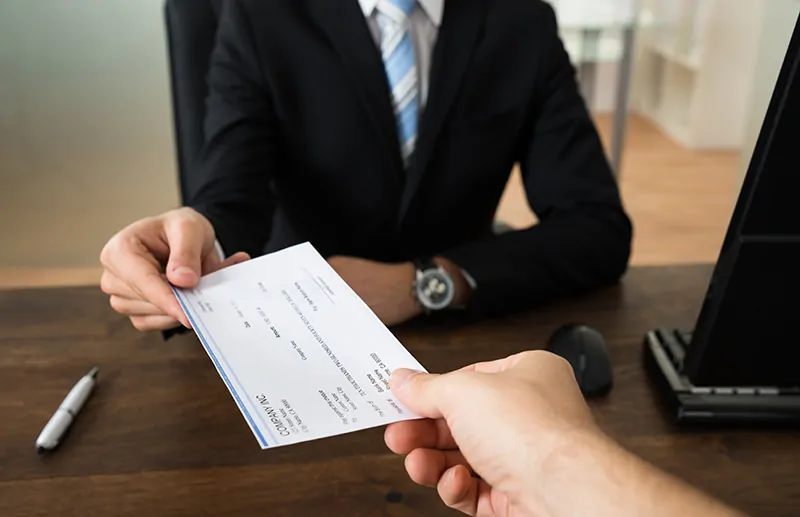
Will the trend towards self-employment reverse?
24 May 2017The tax changes that could influence whether you incorporate or remain as a sole trader
The self-employed are rapidly becoming the driving force of the UK economy as record numbers choose to start their own business, but could this trend be set to reverse?
There are 5.4million businesses in the UK and 4.6million are run on a self-employed basis, a record level in the UK.
But several changes to the tax system over the next few years could influence this trend.
Why go self-employed?
Several have chosen this employment style due to the slow wage development that some traditional employments offer, but also thanks to modern technology allowing self- employed a large increase in flexibility.One tax-efficient option for a self-employed person has traditionally been to incorporate and set up a limited company. This means you could be a contractor for a number of companies and trade through a company name rather than as yourself.
A limited company can be more tax-efficient, especially for higher rate taxpayers, as the business owner pays corporation tax on profits. For example, a self-employed person in the higher rate tax band would pay 40 per cent income tax, while in a company you would pay just 20 per cent on profits. Corporation tax is also being reduced to 17 per cent by April 2020.
Additionally, if you run a limited company you can get paid through both a salary and dividends, which would reduce your overall tax bill.
This has made self-employment and working as a contractor through a limited company a popular option, but several factors could change this.
National insurance reforms
Paying national insurance can be complex for the self-employed.
Currently a self-employed person will pay £2.80 in Class 2 contributions if they earn profits of more than £5,965 a year. If they earn between £8,060 and £42,385 they will pay class 4 national insurance, which works out at 9% on profits between £8,060 and £42,385, and 2% on any profits above £42,385.
The Chancellor George Osborne announced in the 2016 Budget that the class 2 system would be scrapped from 2018 and replaced with class 4, claiming this would save self-employed workers £350million a year.
This will save anyone below the £5,695 profit threshold money. But the changes do create complications for those wanting to build up benefits such as the state pension or a carer’s allowance. If you pay class 2 you will build up a state pension entitlement. Those paying class 4 would need to pay class 2 to build up their state pension, while anyone earning below the small profits threshold of £5,695 could pay class 3 contributions of £14.10 a week to get their entitlement. The government has said once the changes are introduced anyone paying class 4 will be able to get a state pension entitlement, but it is yet to detail how this would work. One solution, suggested in a government consultation , was to pay class 3 instead, but this would increase costs from £2.80 a week to £14.10.Regular tax reporting
The government is reforming the way businesses report their tax and is moving towards digital accounts by 2020.
The Treasury claims this will remove the end of year self-assessment panic as businesses will be able to keep their tax return regularly updated online.
However, this could add to a business’ workload as HMRC has suggested a move towards quarterly tax reporting using more up to date information.
Dividend changes
A dividend is the income earned from shares in a company or from investments.
It is a clever way for company directors to get paid as traditionally the tax owed was lower than income tax.
Up until the end of the last tax year in April 2016, if you were paid in dividends there would be a 10 per cent tax charge for basic taxpayers and 35 per cent on the higher rate tax band.
But a 10 per cent tax credit meant basic rate taxpayers had nothing to pay while those in the higher rate category really paid 25 per cent.
This has all changed since the start of the new tax year, and could end up costing business owners more in tax if they are paid in dividends.
Now everyone gets a tax-free dividend allowance of £5,000, but once you earn more there is a 7.5 per cent charge for basic rate taxpayers, 32.5 per cent on the higher rate and 38.1 per cent for additional rate payers. The tax credit has been abolished.
So a business owner paying the basic rate now has to pay 7.5 per cent on any dividend income above £5,000, while previously the tax credit meant there was no charge. Higher rate taxpayers would pay 32.5 per cent instead of 25 per cent.This could actually make it less tax-efficient to be paid in dividends, meaning some businesses could have to consider how much income to take and whether it is worth being incorporated.






















